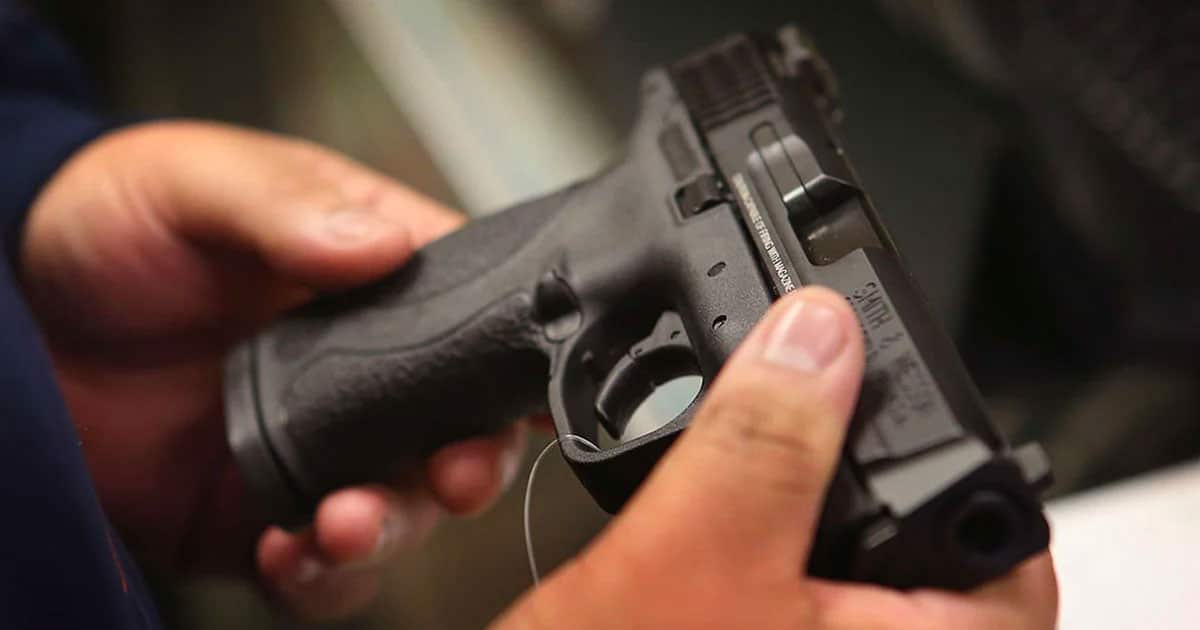
U.S. District Court Judge Cormac Carney ruled that parts of the state law are unconstitutional.
California’s so-called Unsafe Handgun Act was a work of political and technological fiction. It required all new models of pistols sold in the state to have a combination of three features that no handgun possesses.
First, there must be a chamber-loaded indicator. Second, there must be a magazine disconnect mechanism. And third, the firearm must imprint a microstamp from the weapon’s firing pin onto the expended cartridge case.
Number three is impossible with present technology.
The patent-holder on the microstamping technology, Todd Lizotte, confessed that at best the technology is unreliable. He admitted that “legitimate questions exist related to both the technical aspects, production costs, and database management” that would be required for microstamping to be broadly implemented through legislative action.
That observation came from the man who stood to profit greatly from the state adopting his patented technology.
The court order released Monday confirmed what was obvious when the ridiculous law was passed in 2013. It noted “the microstamping provision requires handguns to have a particular feature that is simply not commercially available or even feasible to implement on a mass scale.”
Judge Carney, an appointee of former President George W. Bush, observed that “no handgun available in the world has all three of these features. These regulations are having a devastating impact on Californians’ ability to acquire and use new, state of the art handguns.”
Furthermore, even if the third feature were put into production, the firing pin may simply be replaced, or a nail file used to cover the tip.
But the law had its intended effect. The state’s list of certified handguns ready for sale fell from 976 to under 250 last year, when similar paint schemes for models were factored in. The result is that Californians are forced to buy older and potentially less safe weapons.
As Carney added, Californians have the constitutional right to acquire and use up-to-date handguns to protect themselves. They should not be forced to settle for decade-old models of handguns to ensure they remain safe inside or outside the home.”
The only models available in the state were submitted by manufacturers to the California Department of Justice before 2013. These were drop tested, fired, and had other testing done before being approved, and after the Unsafe Handgun Act were grandfathered in.
The case, Boland v. Bonta, was filed shortly after the U.S. Supreme Court’s landmark Bruen ruling. The challenge to the California law was brought by the California Rifle & Pistol Association and others and followed multiple unsuccessful attempts to challenge the law.
Judge Carney refuted the state’s claim that off-roster handguns are more dangerous than those approved by California. He pointed to a certain pistol, the Gen 5 Glock 19, that has the same features as the approved Gen 3 Glock 19 but is not approved for sale in the state.
Neither model has a loaded chamber indicator, a magazine disconnect, or microstamping.
Carney further chided the state for contradicting “the plain text of the Second Amendment” by not allowing state of the art firearms to be sold. Thus, “these requirements are unconstitutional and their enforcement must be preliminarily enjoined.”
The preliminary injunction was issued to take effect in two weeks, which gives the state Department of Justice time to file an appeal.
